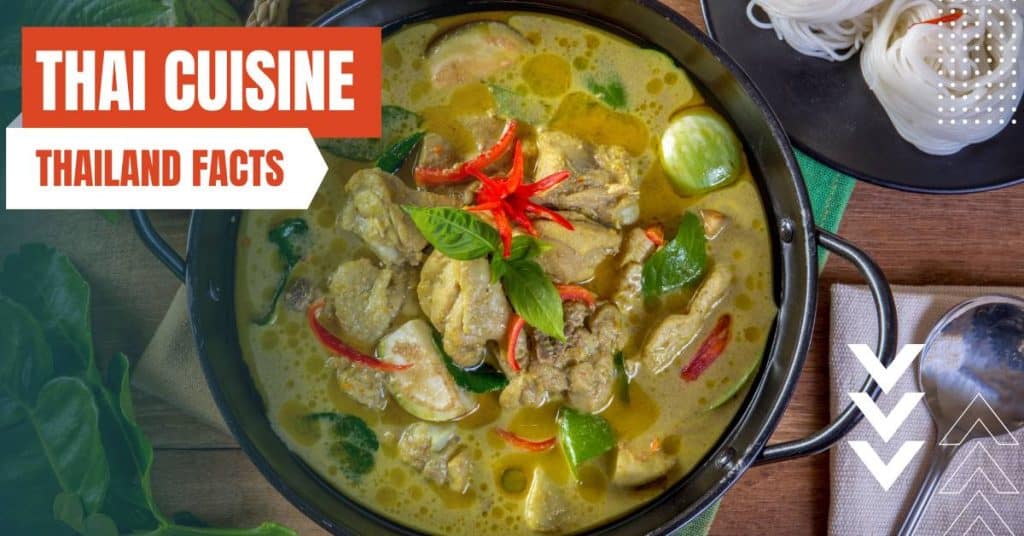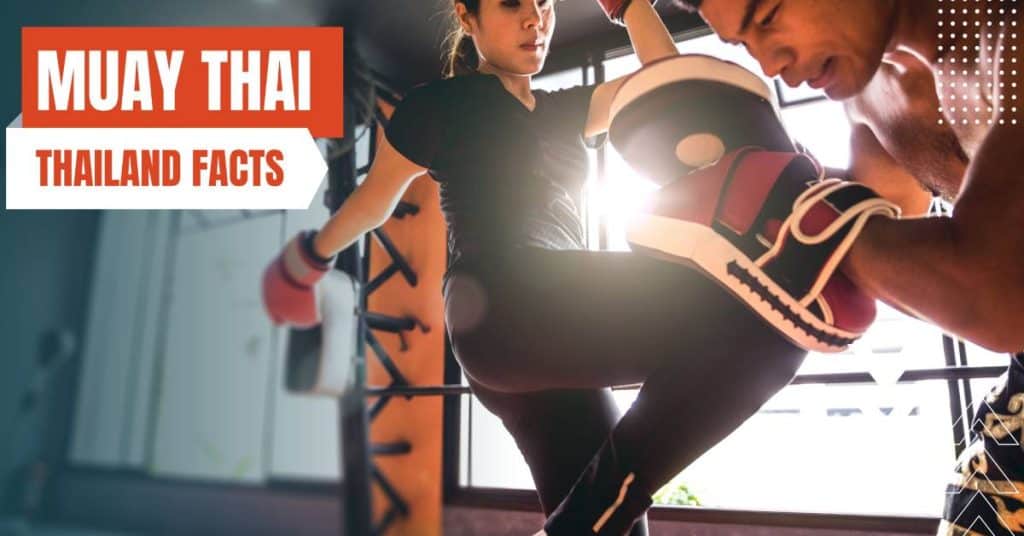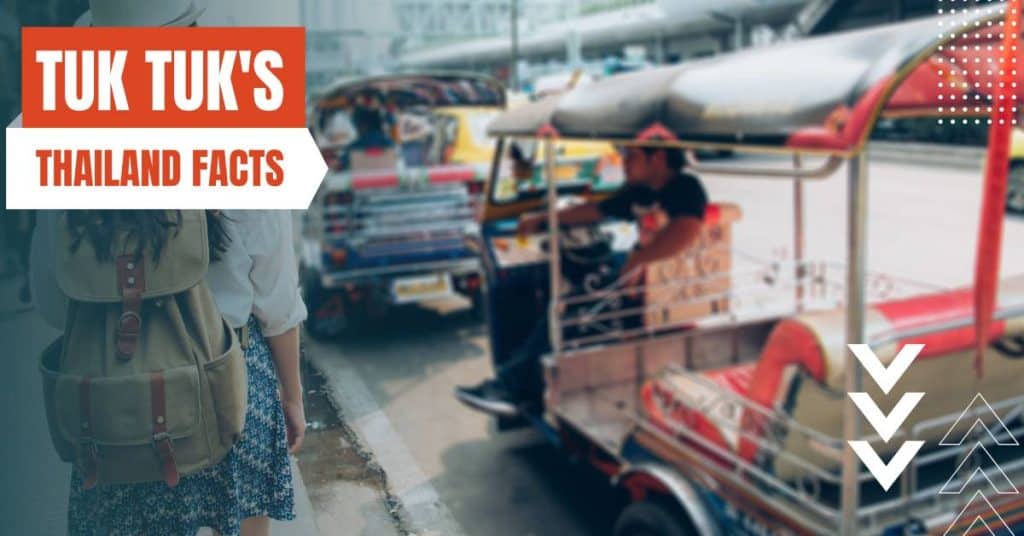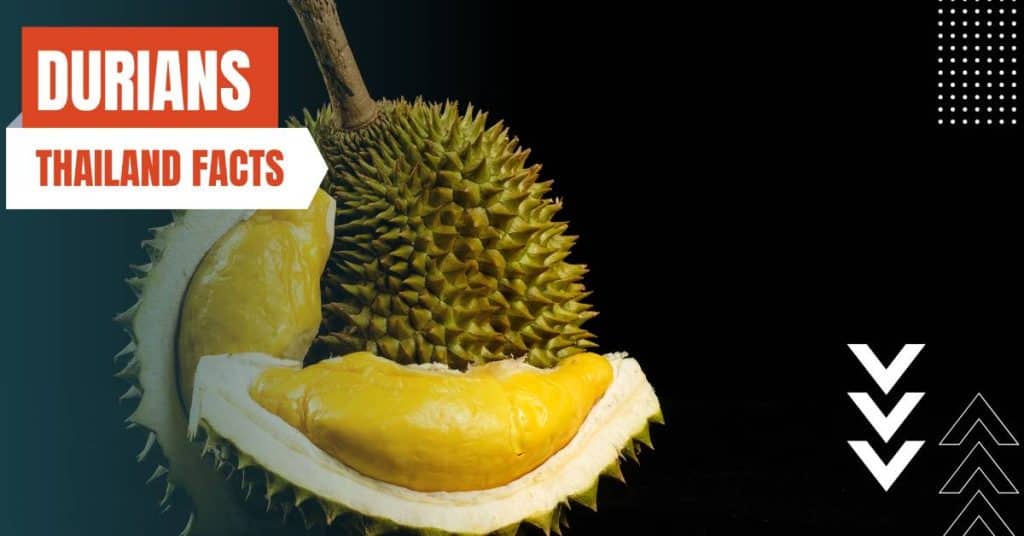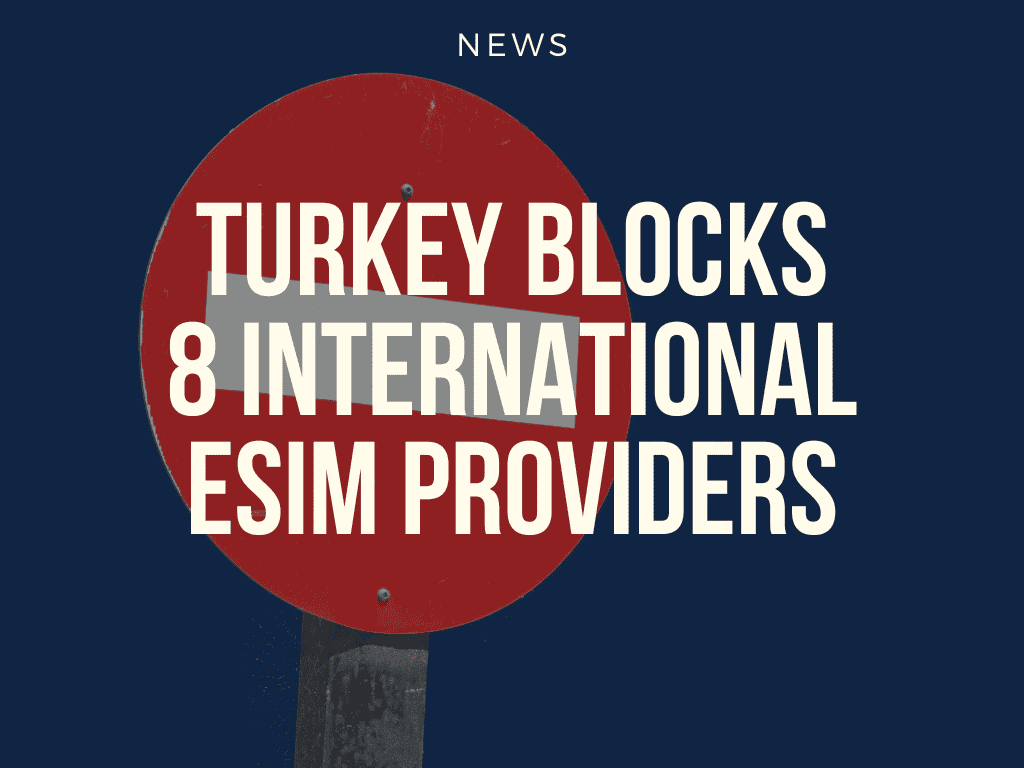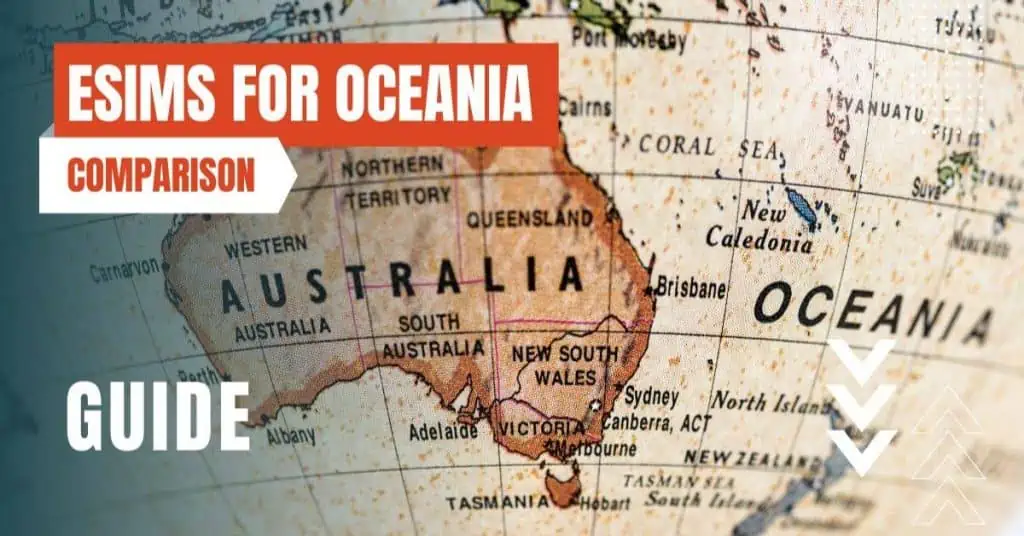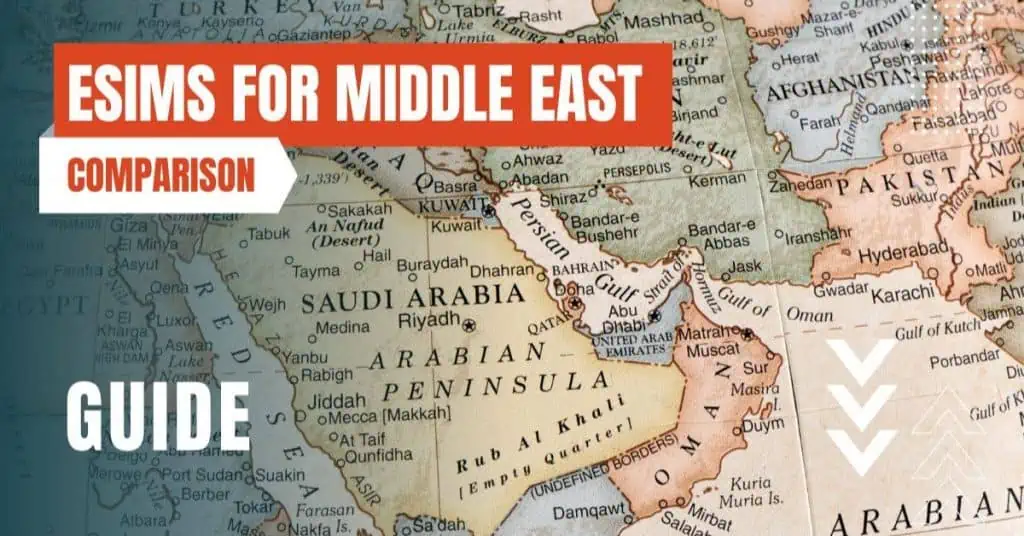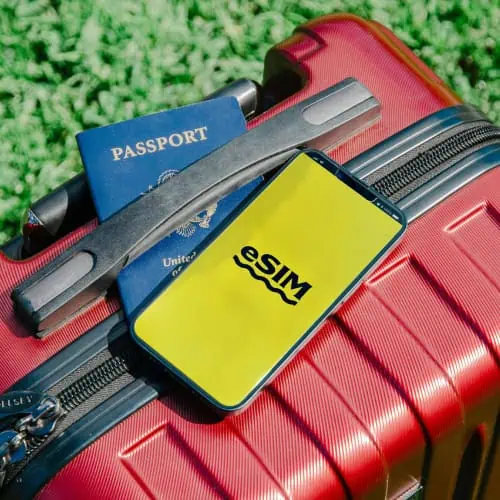The Kingdom of Thailand was once known as Siam until 1939, when it changed its name to “Prathet Thai,” meaning “Land of the Free.” Thailand is the only country in Southeast Asia that was never colonized by a European power, making its name quite fitting.
Thailand has a rich history of royal lineage. The current monarch, King Maha Vajiralongkorn, also known as Rama X, is the tenth king of the Chakri Dynasty. The monarchy is revered by Thai people and protected by strict lese-majeste laws that prohibit any criticism of the royal family.
Buddhism is the predominant religion in Thailand, with over 95% of the population practicing Theravada Buddhism. The country is home to more than 40,000 Buddhist temples, and monks are highly respected members of society. You will often see monks walking the streets during morning alms, collecting offerings from the local community.
Thailand is known for its vibrant and colorful festivals. Some of the most popular include Songkran, the Thai New Year, which involves a country-wide water fight, and Loy Krathong, the festival of lights, where people release floating lanterns into the sky and rivers.
Thai food is world-renowned for its delicious, spicy, and aromatic flavors. Some of the most popular dishes include Tom Yum Goong (spicy shrimp soup), Pad Thai (stir-fried noodles), and green curry. The Thai cuisine also emphasizes the importance of balance between sweet, sour, salty, and spicy flavors.
The elephant holds a significant place in Thai culture, and it is the country’s national symbol. Historically, elephants were used in war, transportation, and logging. Today, elephant conservation efforts have become a priority, and there are numerous sanctuaries where visitors can observe and interact with these gentle giants.
A unique aspect of Thai culture is the floating markets. Vendors sell fruits, vegetables, and other goods from boats along the canals, creating a vibrant and bustling atmosphere. Some of the most famous floating markets include Damnoen Saduak, Amphawa, and Taling Chan.
Muay Thai, also known as Thai boxing, is the national sport of Thailand. This ancient martial art dates back centuries and is characterized by the use of fists, elbows, knees, and shins. Muay Thai matches are often accompanied by traditional music and rituals.
Thailand is home to the bumblebee bat, the world’s smallest mammal. Weighing only two grams and measuring around 1.1 inches, this tiny creature can be found in the limestone caves of western Thailand.
The country is blessed with numerous idyllic islands, each offering white sandy beaches, turquoise waters, and lush landscapes. Some of the most popular islands among tourists include Phuket, Koh Samui, Koh Phi Phi, and Koh Tao.
The traditional Thai greeting, known as the “Wai,” involves placing your palms together in a prayer-like gesture and bowing your head slightly. The Wai is used to show respect and is commonly performed when meeting someone, saying goodbye, or expressing gratitude.
Located in Bangkok’s Wat Traimit Temple, the Golden Buddha is the largest gold statue in the world, weighing 5.5 tons and standing at 15 feet tall. The statue was hidden under a layer of plaster for centuries to protect it from invaders and was only discovered to be made of gold in 1955.
Tuk-tuks are a common form of transportation in Thailand, particularly in urban areas. These colorful, three-wheeled motorized vehicles are a fun and convenient way to explore the bustling streets of cities like Bangkok.
Thailand is home to a diverse range of flora and fauna, with over 10% of the world’s bird species and 10% of the world’s fish species found within its borders. The country also has more than 100 national parks, preserving its natural beauty and wildlife.
The Bridge on the River Kwai, located in Kanchanaburi, is a historical site made famous by the 1957 film of the same name. The bridge was part of the Death Railway, built by Allied prisoners of war during World War II under Japanese supervision.
Traditional Thai massage, known as Nuad Bo-Rarn, combines acupressure, assisted yoga postures, and Indian Ayurvedic principles. It is believed to have been developed over 2,500 years ago and is still widely practiced in Thailand today.
Samutprakarn Crocodile Farm and Zoo, located near Bangkok, is the world’s largest crocodile farm, housing over 100,000 crocodiles. The farm also hosts crocodile wrestling shows and features a zoo with other animals such as elephants, lions, and tigers.
Thai people are immensely loyal to their king and royal family. The national anthem is played twice daily in public spaces, and everyone is expected to stand to show their respect.
The Siamese cat, characterized by its sleek body, blue almond-shaped eyes, and striking point coloration, originated in Thailand. In Thai, the breed is known as “Wichian Mat,” which translates to “moon diamond.”
Thailand has become a popular destination for medical tourism due to its high-quality healthcare, state-of-the-art facilities, and affordable prices. The country is particularly renowned for cosmetic surgery, dental care, and wellness treatments.
The energy drink Red Bull was inspired by a Thai drink called Krating Daeng. Austrian entrepreneur Dietrich Mateschitz discovered the drink in Thailand, and after partnering with the Thai creator, they launched the globally recognized Red Bull brand.
Bangkok, Thailand’s capital, has the longest city name in the world. Its full Thai name, “Krung Thep Mahanakhon Amon Rattanakosin Mahinthara Ayuthaya Mahadilok Phop Noppharat Ratchathani Burirom Udomratchaniwet Mahasathan Amon Piman Awatan Sathit Sakkathattiya Witsanukam Prasit,” translates to “City of angels, great city of immortals, magnificent city of the nine gems, seat of the king, city of royal palaces, home of gods incarnate, erected by Visvakarman at Indra’s behest.”
Thailand is sometimes called the “Land of Orchids” due to the vast number of orchid species found across the country. Over 1,500 species of orchids are native to Thailand, and the country is one of the world’s largest exporters of these beautiful flowers.
Durian, the “king of fruits,” is popular in Thailand, but its strong odor often leads to a love-hate relationship with the fruit. Due to its pungent smell, durian is banned from many hotels and public transportation.
Fruit carving is a traditional Thai art form that dates back to the 14th century. Intricate designs are carved into fruits and vegetables, transforming them into stunning floral and animal shapes. Fruit carving is often showcased during Thai festivals and special occasions.
Across Thailand, you’ll find small, ornate structures known as spirit houses. These houses are built to provide shelter for spirits, and offerings of food, incense, and flowers are regularly made to keep the spirits appeased and bring good fortune to the household or business.
Thailand’s traditional lunar calendar, known as the “Thai Buddhist Calendar,” is still used for determining important religious and cultural events. This calendar is 543 years ahead of the Gregorian calendar, making the current Thai year 2566.
Bangkok’s Yaowarat Road is the heart of the world’s largest Chinatown. Established in the late 1700s, this bustling area offers visitors a unique cultural experience, including delicious street food, lively markets, and traditional Chinese temples.
Wat Rong Khun, or the White Temple, is a modern, unconventional Buddhist temple in Chiang Rai. Designed by Thai artist Chalermchai Kositpipat, the temple’s intricate white exterior, covered in tiny mirrors, creates a stunning and surreal visual effect.
